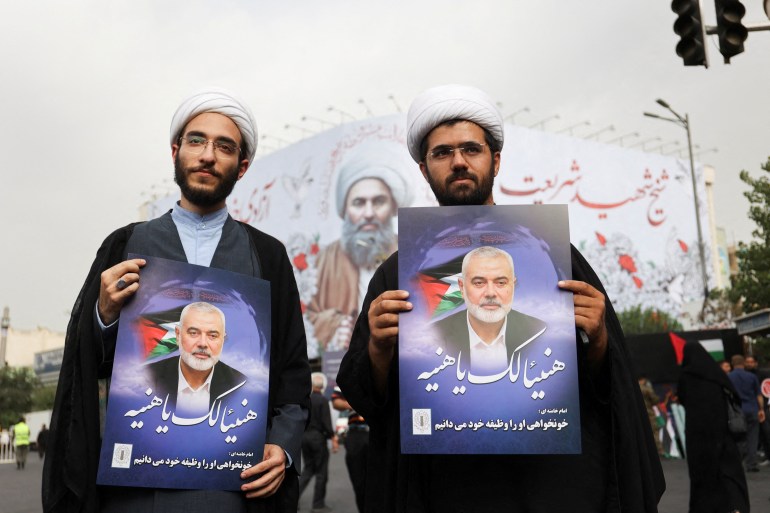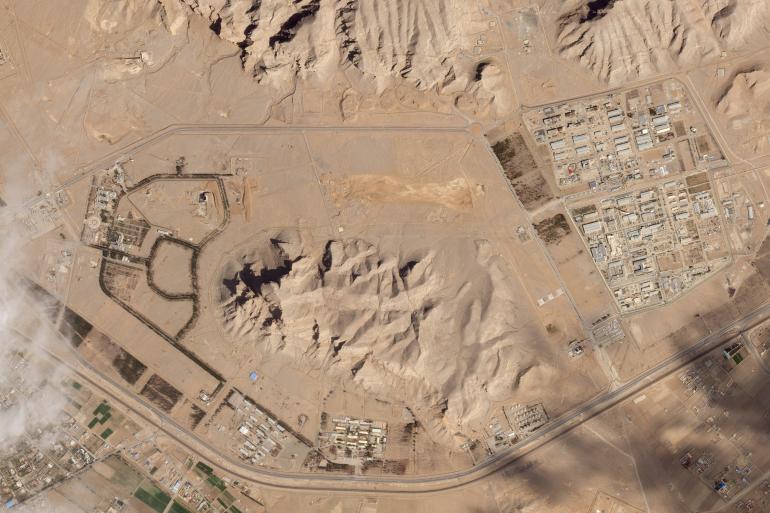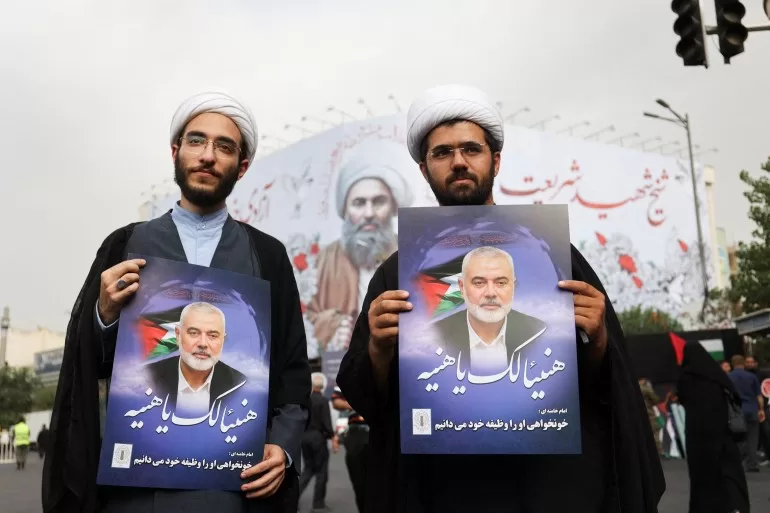On August 14, two weeks after the assassination of Hamas’s politburo head Ismail Haniyeh, Iran’s Supreme Leader Ali Khamenei said: “Non-tactical retreat leads to the wrath of God.”
He was speaking to officials from the National Congress of Martyrs of the Kohgiluyeh and Boyer-Ahmad Province, in the midst of international speculation about whether Iran would respond to an assassination in its own capital that it blamed on Israel.
Many assumed it was a vow to take action against Israel, but others interpreted it differently – a suggestion that Iran’s failure to respond was, in fact, tactical because too much would be at stake.
Retaliation
If retaliation is planned, the question is, when will Iran retaliate, how, and what has held it back so far?
And if Khamenei’s words were to use “tactical retreat” to justify not responding, the question is why.
The assassination of Ismail Haniyeh revealed significant flaws in the Iranian intelligence and security apparatus, responsible for Haniyeh’s protection.
That failure also highlighted vulnerabilities in Iran’s intelligence operations, so it has to clean house to be ready for Israel’s response to any retaliatory move it makes.
That the region is teetering on the knife’s edge of possible all-out war is something countless analysts have pointed out, a serious possibility that Iran has to be ready for even as it calibrates its international moves to avoid just that.
Building new architecture
Iran is trying to acquire new deterrence for a conventional war, building on the lessons it learned during its last all-out war.
The year after Iran’s 1979 revolution, which marked a radical break from the West, Iraq invaded Iran with the support of the West, kicking off the Iran-Iraq War.
The conflict lasted eight years, leaving Iran devastated economically and socially.
The exact number of casualties is unknown, but some believe the war with Iraq cost nearly a million Iranian lives, shattering hundreds of thousands of families.
The trauma of that war continues to shape Iran as a state and Iranians as a people, and the ruling elite established a security architecture based on one clear goal: no more all-out war at any cost.
Iran relied on its proxies after the United States invasion of Iraq, but now it needs a new mindset and tremendous resources to set its next steps, which may be why it has refrained from a severe escalation so far, despite Israel’s provocations.
Israel unleashed its military machine on the besieged Gaza Strip in October, in ostensible retaliation for a Hamas-led attack on Israel during which 1,139 people were killed and about 250 taken captive.
It now seems to be trying to build on that momentum and eliminate those it sees as regional rivals, namely Hezbollah and Iran.

A direct attack on Iran that violates its red lines would push it to respond militarily, while any deterioration in its network of allied groups could mean a degradation of its regional clout.
In addition, a conventional war with Israel could well escalate into direct conflict with the US, which would come at a cost Iran cannot pay.
Iran’s security architecture
The invasion of Iraq by the US in 2003 was an opportunity as well as a security threat for Iran.
The opportunity was the removal of Iran’s archenemy, Sadam Hussein, then president of Iraq.
The threat was the belief that once the US concluded its invasion of Iraq, it would shift its focus to Iran.
Tehran developed a security architecture to eliminate this threat, creating more proxies to keep the US busy in Iraq, act as a deterrent against the US in case of an escalation, and preserve Iran’s interests in Iraq.
More than 20 years later, Tehran’s presence and influence in Iraq have made it a kingmaker and a parallel state, indirectly approving new governments in Iraq. Iranian proxies, namely the Hashd al-Shaabi (Popular Mobilisation Forces or PMF), are now also part of the Iraqi army and most Shia parties in the coalition government have direct links with Iran.
And it is not just in Iraq that Iran’s influence is felt.
When the Arab Spring of 2011 sparked demonstrations in Syria that descended into violence, Iran mobilised its proxies into Syria to prop up Syrian President Bashar al-Assad and safeguard its regional interests.
The Arab Spring also led to change in Yemen, where, after the deposition of then-President Ali Abdullah Saleh, the Iran-aligned Houthis gradually took control of much of the country.
Qassem Soleimani, the well-known commander of Iran’s Quds Force, was the face and command of these resistance groups.
His security architecture, built on proxies, was effective from 2004 until 2020, when it was time for “hybrid war” – a long-term, low-intensity war of attrition, tactical attacks, and indirect conflicts.
In 2020, the US assassinated Soleimani in Baghdad, after which Iran is said to have given more autonomy to its proxies to distance itself from any liability they may pose and to avoid a focus on one central heroic figurehead, remaining as a regulator rather than a control centre that directly controls the proxies.
Then came the Hamas-led attack on Israel on October 7, 2023, which ended the era of hybrid war as a potential conventional war loomed.
What are Iran’s red lines?
Tehran faces a stark choice: It needs to restore deterrence while avoiding regional war.

Until then, it will maintain its so-called “strategic patience” to protect what it considers its red lines, including economic lifelines like oil and gas facilities, ports and dams, its territorial integrity, and the safety of its head of state.
Iran’s “strategic patience” is directly linked to its capacity-building work – nuclear, military, intelligence, economic and technological – which it has maintained without any major interruptions.
In response to each wave of sanctions since the early 1990s and attacks on its assets or key figures, Iran has stepped up its capacity, particularly in nuclear activities and missile programmes.
Iran’s reaction to Haniyeh’s assassination could well be a similar acceleration of capacity-building, using its proxies as temporary tactical deterrents while focusing on its nuclear programme – the ultimate deterrent.
An all-out war would increase the risk to these temporary deterrents and to its ultimate – and nuclear – deterrent at home.
However, Israel, not Iran, will influence how the story unfolds.
Tel Aviv, not Tehran, will decide whether Iran’s response is “appropriate”, with the assurance of “ironclad” US backing. This ambiguity is what causes Iran to think twice before acting.
